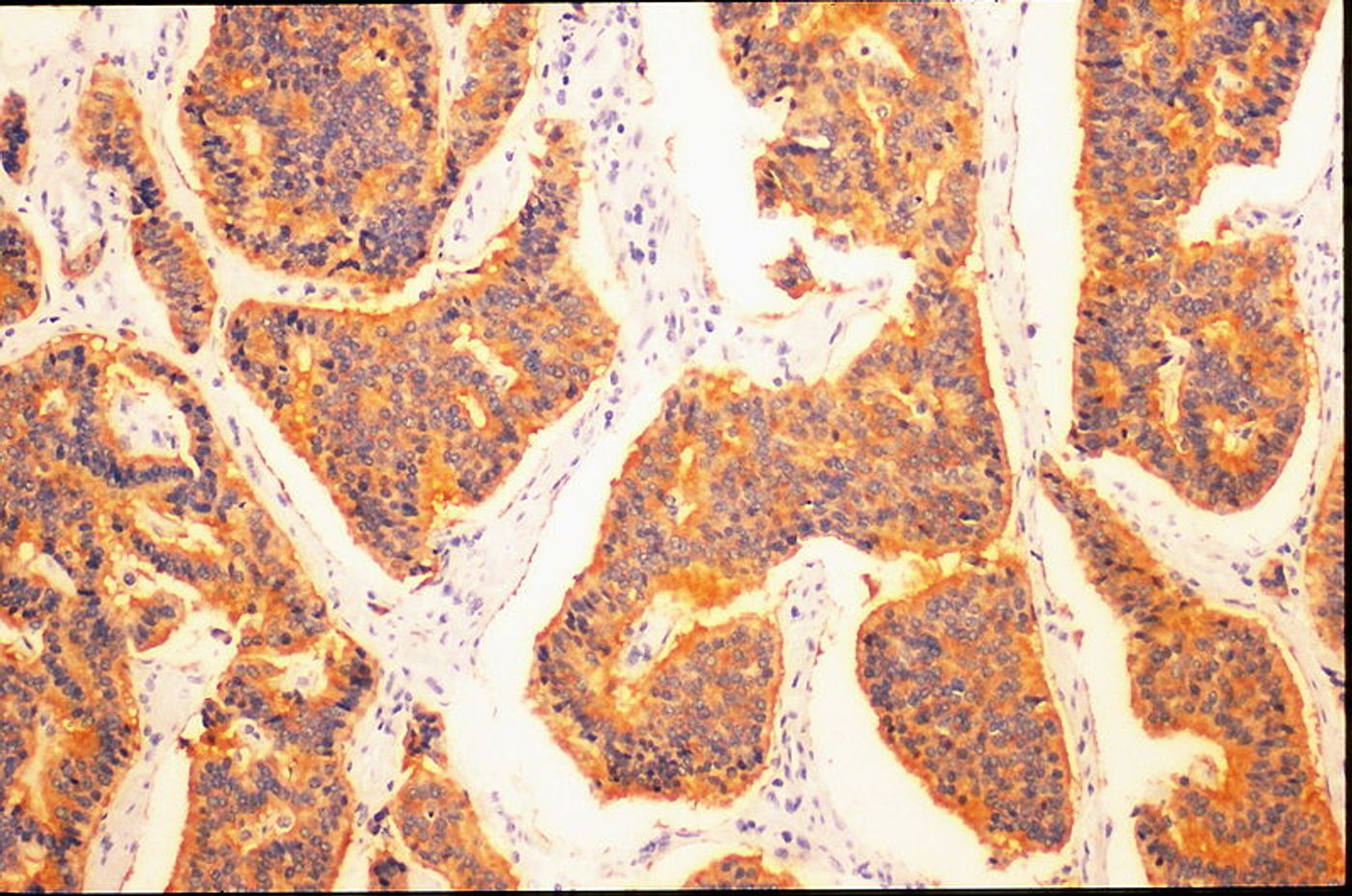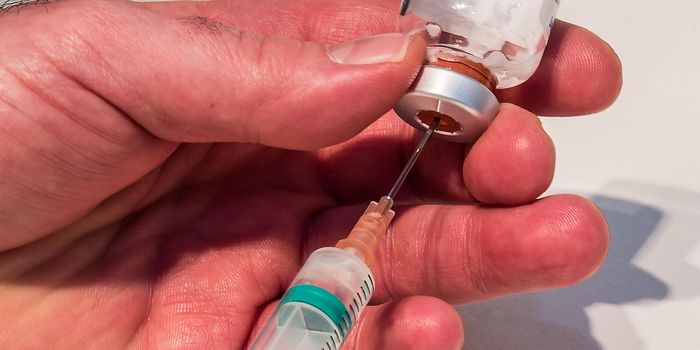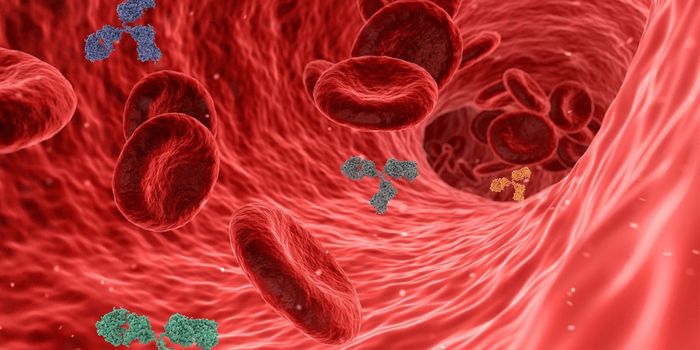New Biomarker for Lung Cancer Diagnosis
Lung cancer is the most common cause of death from cancer for both genders and for people all over the globe. This is largely due to the lack of diagnostic markers that indicate early stages of cancer. But now, scientists from a new Japan study introduce a biomarker that could drastically change cancer diagnostics and treatment: CKAP4.
There are several existing biomarkers that scientists use to diagnose lung cancer:
- Carcinoma embryonic antigen (CEA)
- Sialyl Lewis X antigen (SLX)
- Squamous cell carcinoma (SCC) antigen
- Cytokeratin fragment (CYFRA) 21-1
But none of them are sensitive enough to detect lung cancer in its early stages, and this is a huge problem for diagnosis, prognosis, and treatment of patients affected.
In the new study, researchers used several lab techniques to test a monoclonal antibody called KU-Lu-1. A monoclonal antibody is a lab-derived protein that binds to other proteins in the body. In this case, KU-Lu-1 only targeted tumor cells from lung cancer tissues, not normal lung tissues. Researchers first tested KU-Lu-1 in blood samples from 271 different lung cancer patients and 100 healthy individuals.
After confirming that KU-Lu-1 only targeted cancerous tissue, researchers observed that KU-Lu-1 targets lung cancer cells by recognizing cytoskeleton-associated protein 4 (CKAP4).
"The results of our study provide evidence that the CKAP4 protein may be a novel early sero-diagnostic marker for lung cancer,” explained co-investigator Ryo Nagashio, PhD.
"The use of CKAP4 as a biomarker could change current practices regarding the treatment of lung cancer patients, and the diagnostic accuracies may be markedly improved by the combination of CKAP4 and conventional markers," explained study leader Yuichi Sato, PhD.
CKAP4 is a receptor of another protein called Dickkopf1 (DKK1). When both of these proteins are expressed, prognosis worsens and the chance of relapse-free survival for lung cancer patients minimizes.
"The identification of patients at an early stage of cancer when it can be treated surgically is extremely important to improve prognosis," Sato concluded. "We need better biomarkers for early diagnosis."
The present study was published in the American Journal of Pathology.
Sources: Elsevier, National Cancer Institute









